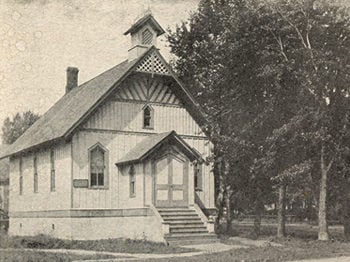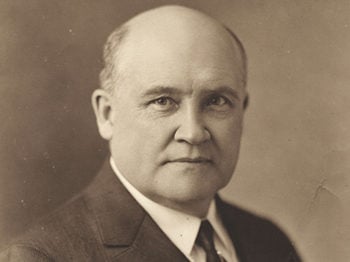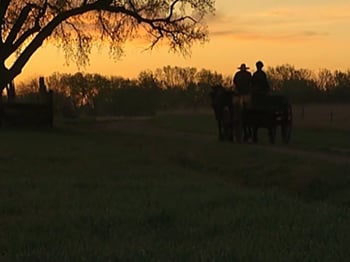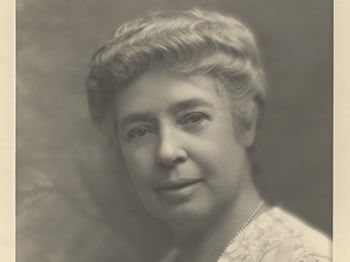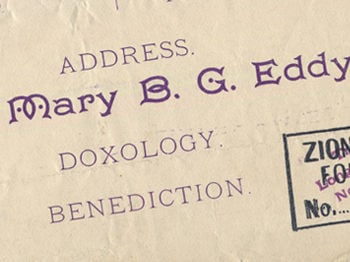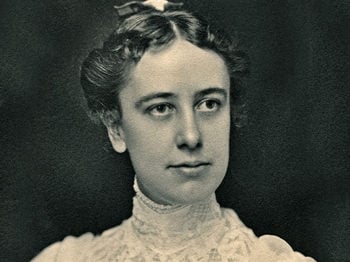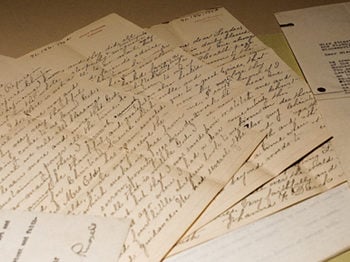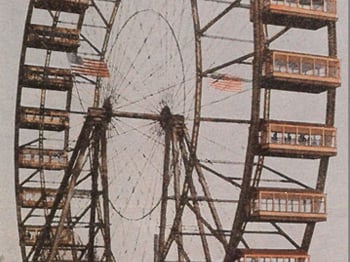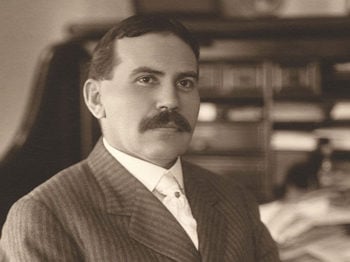This short excerpt is taken from a longer work profiling a number of early Christian Science workers who assisted Mary Baker Eddy in establishing Christian Science. Read their stories in full in Paths of Pioneer Christian Scientists.
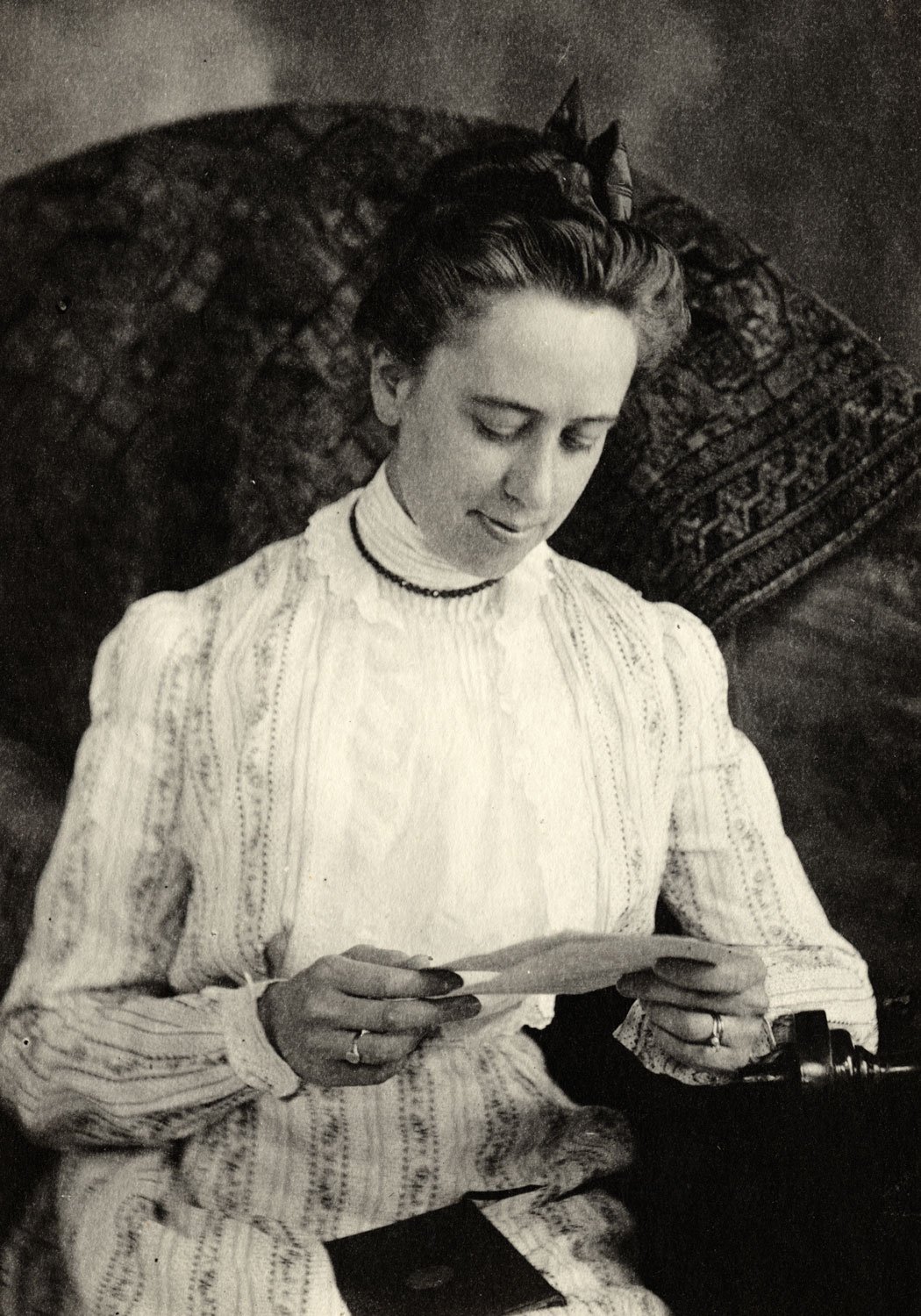
About half a year after attending Mrs. Eddy’s 1898 Normal class, Abigail Dyer Thompson found that her healing practice was making rapid strides. She reported to her teacher the following May:
“Many months have passed since I last wrote to you, but all the time I have been busy in your vineyard, faithfully watering and pruning each day as love directed; and Mother, more and more do I realize the import of your wonderful teaching last autumn, and my heart overflows with gratitude for the privilege of having been called to sit at your feet.”1
As with her mother, Emma Thompson, many of Miss Thompson’s cases came from the ranks of those who had been given up by doctors. These cases arrived in her office sometimes within days of receiving a medical diagnosis that offered a lifetime of debilitation from some incurable disease. But under Miss Thompson’s care, many of these cases resulted in remarkable examples of physical healing, the news of which found its way around Minneapolis and was generating continued interest in this new religion — interest which her mother had pioneered in this city.
After a doctor had diagnosed William P. Finlay as having a “very bad” case of valvular heart leakage, the eleven-year-old was brought to see Abigail in 1904. Through Christian Science her work overruled this diagnosis with the truth, and the result was that William found himself completely healed.
“You gave me treatment for two weeks, finally telling me that I was healed,” William Finlay wrote to Miss Thompson some two decades later. The healing was confirmed by the same heart specialist when his mother took him back for a follow-up exam. He was pronounced completely healed. “Since that time, of course, Christian Science has been our only help,” William Finlay wrote on May 4, 1927.2
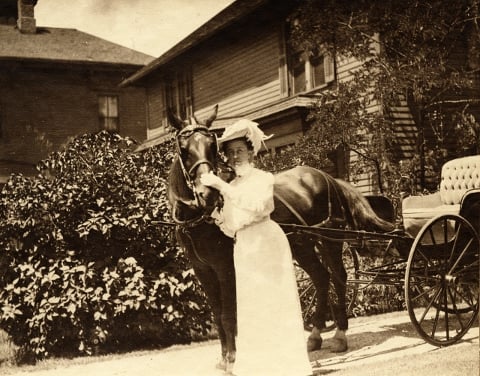
Under constant medical care from the time he had a severe fall, a Mr. Muir came to see Abigail Thompson in 1922. Despite the best medical care, his leg had begun to shrink, and doctors could promise him little more than a life of invalidism. Once Miss Thompson took the case, he quickly improved, and at the end of two weeks had no evidence of lameness. He traveled to the South to spend Christmas with his mother. Six months after this healing, Miss Thompson saw Mr. Muir and was able to bear witness to the completeness of this healing.
“He had gained so much in weight I could scarcely believe it was the same discouraged sick man who, a few months previously, had struggled into my office with a feeling of utter hopelessness and despair,” Miss Thompson wrote. “Now, with a merry laugh, he told me he ran up flights of stairs, two steps at a time, with the freedom of a boy, and could dance or take any exercise he pleased with perfect ease.”3
After a heart specialist determined that Charles Edward Russell, a resident of Washington, D.C., had a severe case of heart disease, he decided to try Christian Science and came to see Miss Thompson. Completely healed, he testified in a letter to her, “I am deeply grateful to you for your patient, persistent and faithful work upon a not very promising subject.” An examination by a heart specialist many years later confirmed he had indeed been healed and was in “perfect condition.”4
All of these cases came to Abigail Dyer Thomson’s office with a medical verdict of incurability and ended with a metaphysical triumph.
